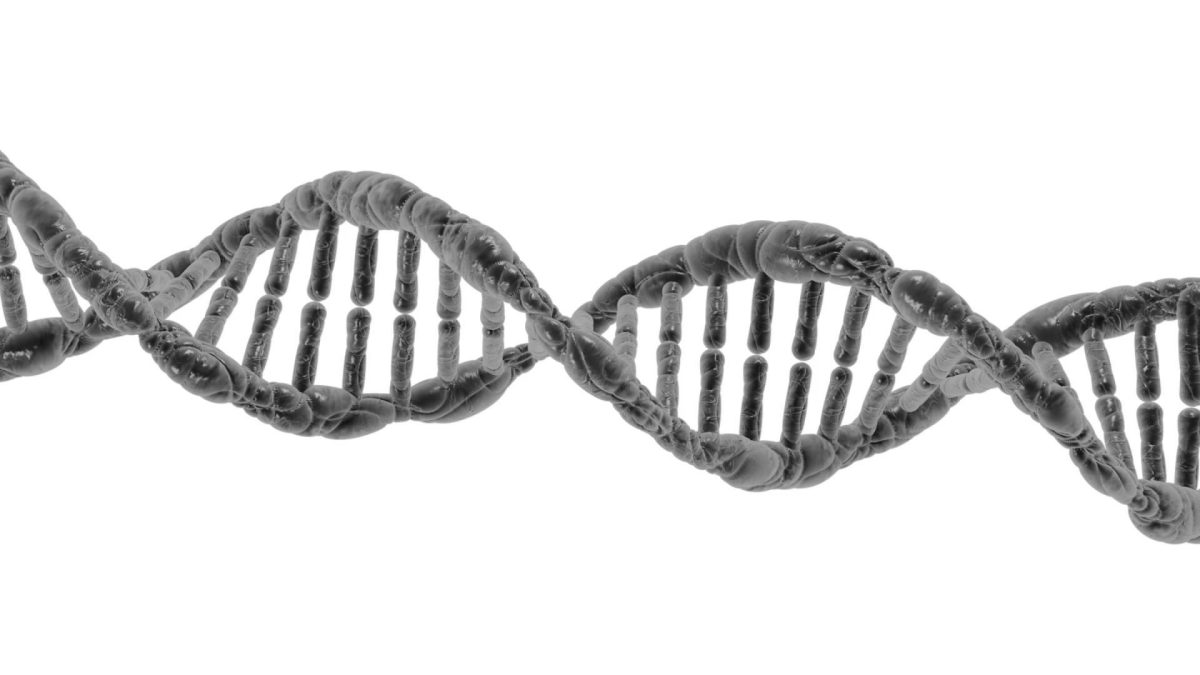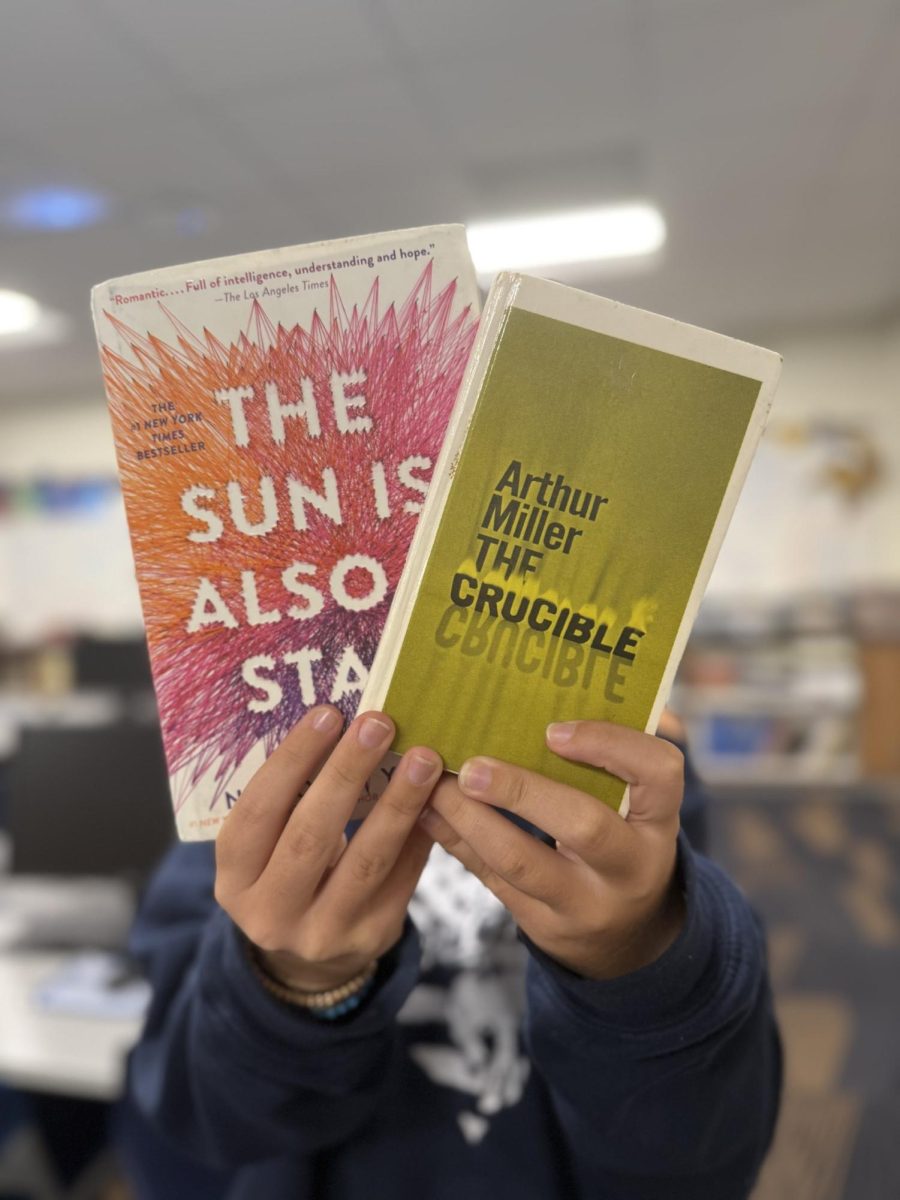Everyone has a pet that they want to hold on to forever or have thought about what it would be like to have and identical twin. While a long time ago these things couldn’t be possible, today cloning can bring these wishes to reality.
What exactly is cloning? While it’s been seen in TV and movies for years, the reality of cloning is much more complex. Education.nationalgeographic.org defines cloning as, “a technique scientists use to make exact genetic copies of living things.”
The idea of cloning is nothing new to modern times. Attempts at cloning have been seen throughout history. Biologists and scientists have studied cell division and genetics in order to successfully clone living organisms.
According to Matti Häyry in the British Medical Bulletin, there is a long history of cloning starting in the 19th century. This early testing was performed on multiple amphibians and allowed scientists to understand the cellular mechanics of cloning.
“The earliest recorded scientific experiments in cloning animals are from the 19th century and involved frogs, sea urchins and salamanders. Scientists believed that each cell division results in two new cells that have only half of the genetic material of the original,” Häyry said.
The studying of cloning has been developed into benefitting medical research. Cloning has aided researchers and doctors in making huge leaps in the development of cures for the world’s most challenging diseases.
According to Dr. Rana Khalid Iqbal from the Institute of Molecular Biology and Biology at the Bahauddin Zakariya University, cloning has played a major part in healthcare improvements and better understanding many diseases.
“Cloning has a great role in human health, life also in the research’s discoveries…is being used to cure disease such as neurological problems, Parkinson’s disease, and heart problems,” Iqbal said.
While Iqbal addresses the medical benefits of cloning, she also comments on the ethical concerns many hold when it comes to this process. “Although cloning has all those benefits still scientists, ethicists, policymakers, and religious scholars forbid the cloning in human beings, as it has raised many questions such as ethical, emotional, and moral questions as well by the people.”
Despite the ethical concerns, scientist have still been exploring the use of cloning on animals. Use of animal cloning for commercial reasons is very rare as well as expensive, but animal cloning for research purposes has been extensive.
The most notable example animal cloning is Dolly the sheep. According to L.B. Schook and K.M. Schachtschneider in the Encyclopedia of Agriculture and Food Systems, Dolly marked a major leap in the developments of cloning and science overall.
“Dolly became the first animal to be cloned using the nucleus of differentiated adult cell as a donor. Dolly opened the door to adult cell as a donor. Dolly opened the door to cloning via somatic cell nuclear transfer (SCNT), and many other species have been cloned in the last few decades,” Schook and Schachtschneider said.








